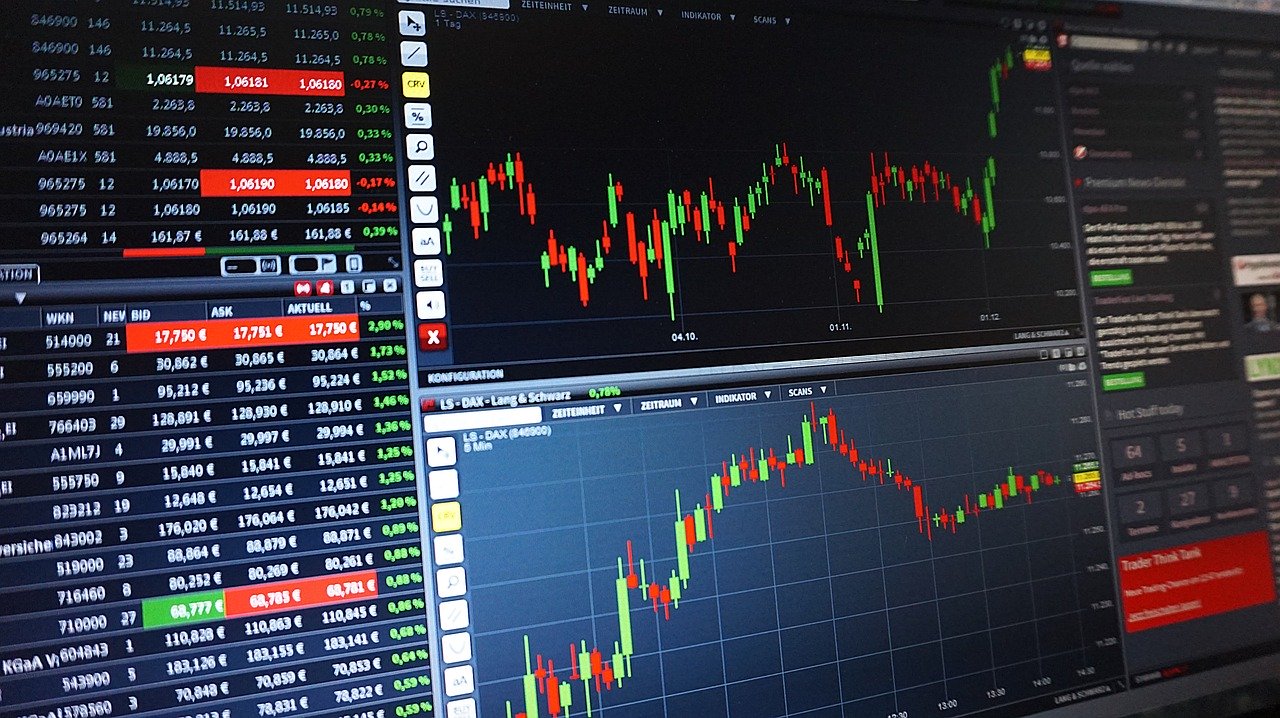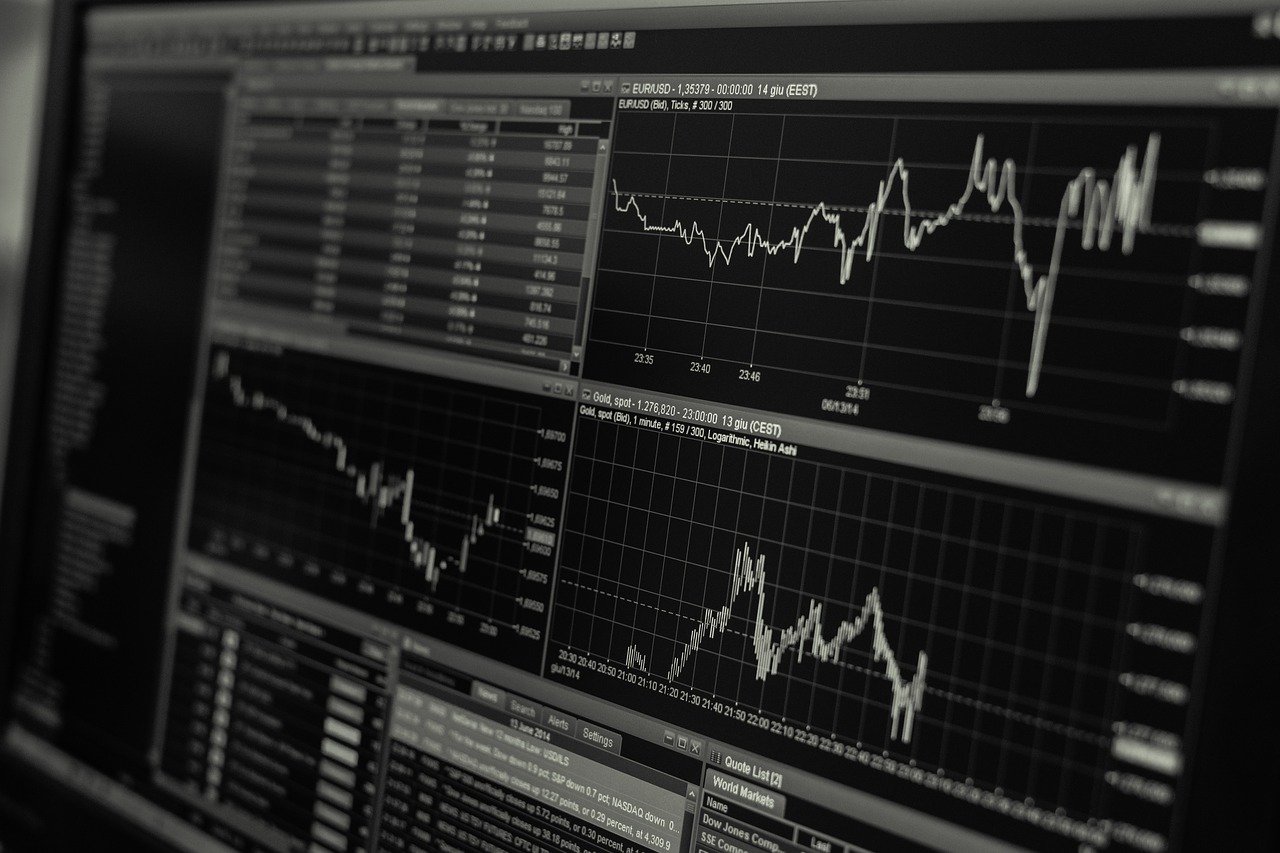Futures contract is a common investment method in the field of digital currency investment, and also a very controversial trading method.
A futures contract is an agreement whereby the buyer agrees to receive an asset at a specific price after a specified period of time, and the Seller agrees to deliver an asset at a specific price after a specified period of time. Both parties agree that the price used in future transactions is called the futures price. The designated date on which both parties must conduct transactions in the future is called the settlement date or the delivery date. The assets that both parties agree to exchange are referred to as the "subject matter".

If an investor "acquires" a certain amount of an asset in the market by buying a futures contract (i.e. agreeing to buy on a specified date in the future), it is called a long position or a long position in the futures. On the contrary, if an investor "sells" a certain amount of an asset in the market by selling a futures contract, it is called a short position or a short position in the futures.
In order to provide traders with greater trading flexibility and attract traders to participate in futures trading, dealers who provide futures trading will also provide financing services, so that traders can use small amount of funds to invest several times the original amount, in order to expect to obtain multiple returns relative to the volatility of investment products. In fact, this is equivalent to the dealer lending money to the trader, allowing the trader to use more capital to participate in the transaction. This is what we often call leverage - leveraging big money with a small sum of money.
For leverage, let's take this as an example: for example, the principal of a trader is only $10000 . If the investment product increases by 10%, the return of the trader's $10000 principal is only $1000 . If a trader lends money to a trader, such as $40000 , the principal of the trader's participation in the transaction becomes $50000 . If the growth rate of investment products is still 10%, the return of 50000 principal will become 5000. Because the real principal of the trader is only 10000, but with the same increase, the return has changed from 1000 to 5000. So we say the leverage of this deal is five times.
But in this process, traders borrowed their own money to traders, so they have to be careful to protect their principal, not lose money. Therefore, in the process of trading, dealers should always keep a close eye on the change of trading price to ensure that once the principal of the trader is lost, the trading should be terminated immediately to prevent the loss from continuing to expand so as to lose their own principal. This kind of termination to ensure that the dealer's own principal is not lost is called "compulsory close out".

In the above example, the trader's own principal of 10000 plus the dealer's principal of 40000, the total principal involved in the transaction is 50000. So once the 50000 principal loses $10000 and only $40000 is left, the dealers have to force to close their positions and sell their futures contracts to ensure that their principal is not lost.
Of course, in the actual transaction, the dealer will not wait for the loss of $10000 to force the closing position, but will remind the trader when the loss is 5000, either continue to make up money or sell the contract; when the loss reaches 9900, it is possible that the dealer will force the closing position, leaving a certain space to ensure the safety of the principal.
If the principal of $50000 is lost by $10000 , the dealers will carry out compulsory closing out to make the traders lose their money, while the investment goods will fall by only 20%. But if investors only use their own 10000 principal to trade, without the leverage provided by dealers, and want to lose the principal, the decline of investment products must reach 100%. Compared with the five times leverage, if the decline is only 20%, investors will lose the principal, and the leverage will also enlarge the risk of investors by five times.
This is the risk of leveraged trading. The higher the leverage, the higher the risk investors take while enjoying high returns.
Starting from today, I will introduce the truth of the currency circle futures contract and the various hidden holes in it with a series of articles. Follow me and learn more!